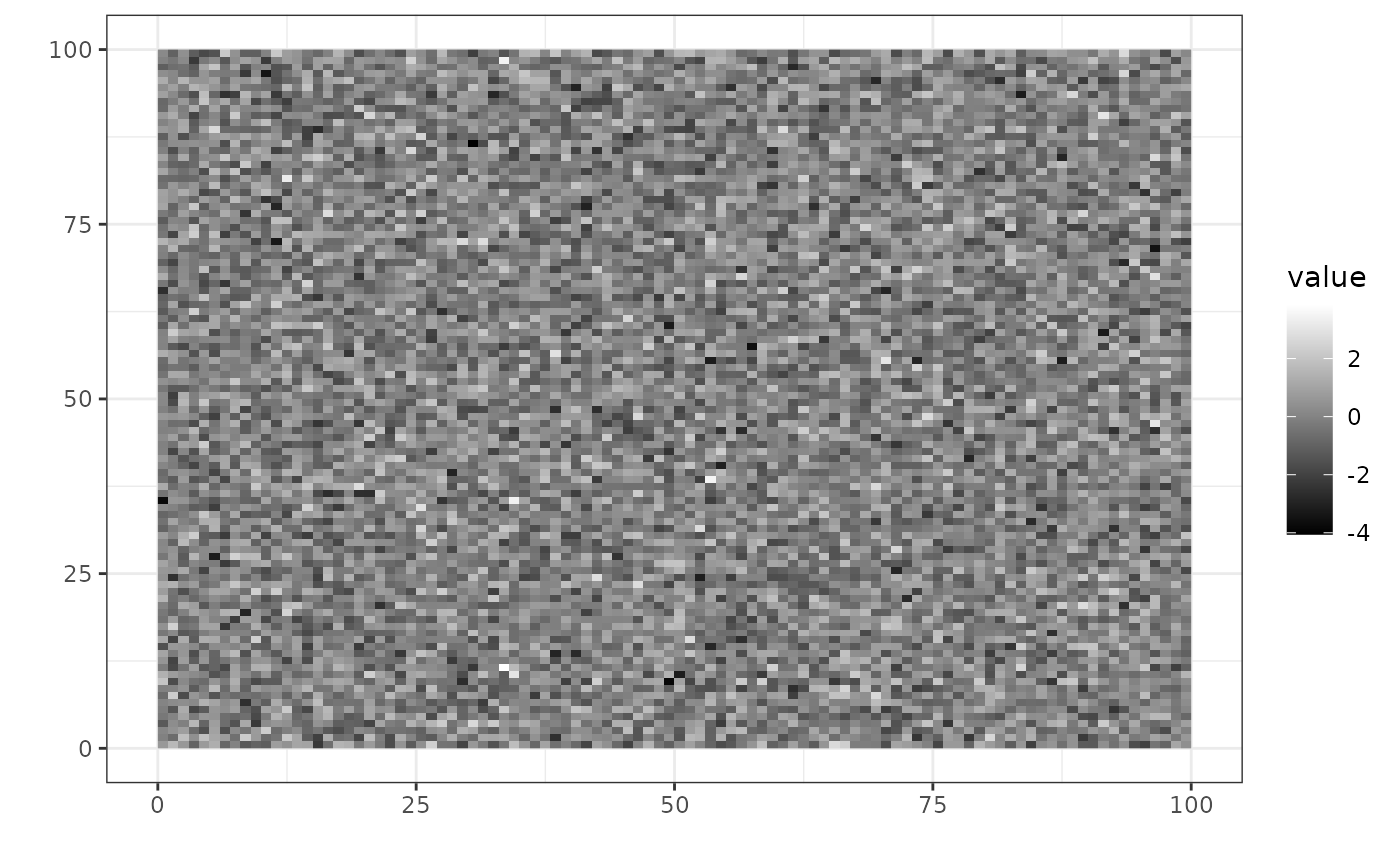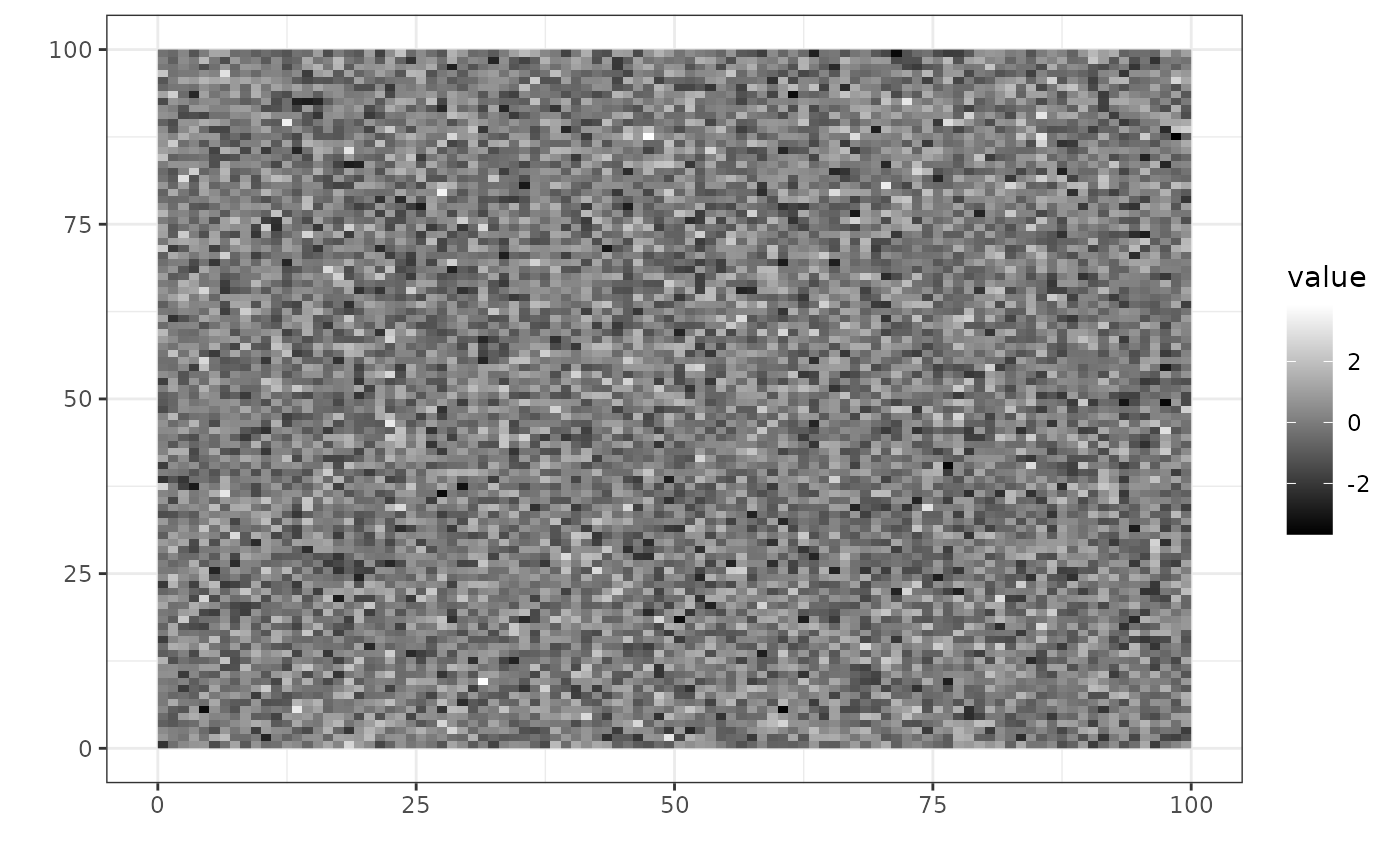Plot a NeuroSlice
plot a NeuroVol
Usage
# S4 method for class 'NeuroSlice'
plot(
x,
cmap = gray(seq(0, 1, length.out = 255)),
irange = range(x, na.rm = TRUE),
legend = TRUE
)
# S4 method for class 'NeuroVol'
plot(
x,
cmap = gray(seq(0, 1, length.out = 255)),
zlevels = unique(round(seq(1, dim(x)[3], length.out = 6))),
irange = range(x, na.rm = TRUE),
thresh = c(0, 0),
alpha = 1,
bgvol = NULL,
bgcmap = gray(seq(0, 1, length.out = 255)),
legend = TRUE
)Arguments
- x
the object to display
- cmap
a color map consisting of a vector of colors in hex format (e.g.
gray(n=255))- irange
the intensity range indicating the low and high values of the color scale.
- legend
Logical indicating whether to display the color legend. Defaults to TRUE.
- zlevels
the series of slice indices to display.
- thresh
a 2-element vector indicating the lower and upper transparency thresholds.
- alpha
the level of alpha transparency
- bgvol
a background volume that serves as an image underlay (currently ignored).
- bgcmap
a color map for backround layer consisting of a vector of colors in hex format (e.g.
gray(n=255))
Details
The plot method uses ggplot2 to create a raster visualization of the slice data.
The intensity values are mapped to colors using the specified colormap and range.
when `x` is a NeuroSlice object, the plot method returns a ggplot2 object containing the raster visualization of the slice data.
The plot can be further customized using standard ggplot2 functions.
Examples
# Create example slice
slice_space <- NeuroSpace(c(100, 100))
slice_data <- matrix(rnorm(100*100), 100, 100)
slice <- NeuroSlice(slice_data, slice_space)
# \donttest{
# Basic plot
plot(slice)
 # }
dat <- matrix(rnorm(100*100), 100, 100)
slice <- NeuroSlice(dat, NeuroSpace(c(100,100)))
# \donttest{
plot(slice)
# }
dat <- matrix(rnorm(100*100), 100, 100)
slice <- NeuroSlice(dat, NeuroSpace(c(100,100)))
# \donttest{
plot(slice)
 # }
# }